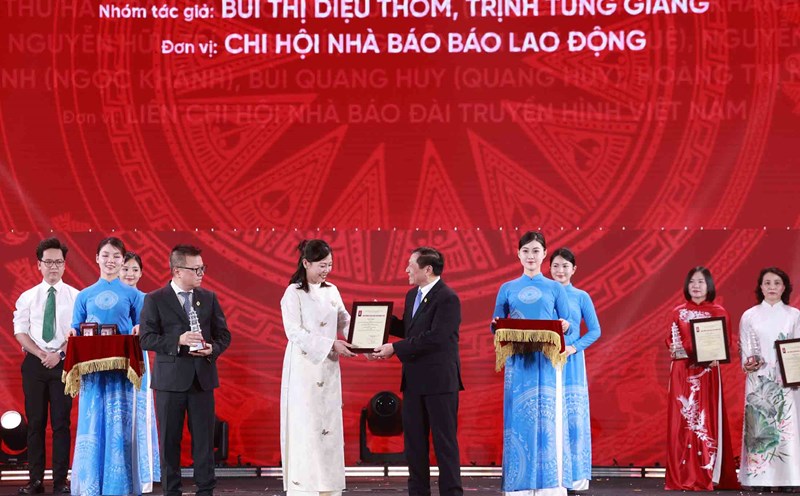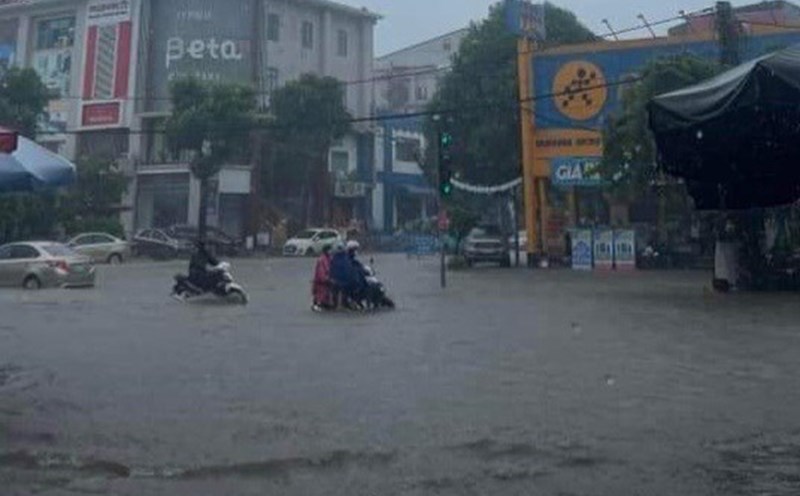The Ho Chi Minh City Department of Construction has sent a document to the Department of Finance to review and handle difficulties and problems caused by conflicts between planning types. According to the assessment of the Ho Chi Minh City Department of Construction, a current reality of Ho Chi Minh City is the existence of unsynchronization between economic - social planning and urban planning.
Specifically, before the 2017 Planning Law, Ho Chi Minh City had a separate master plan for socio-economic development and a master plan for urban construction. Currently, these two plans are not yet synchronous, causing confusion in goals and especially the research time frame.
For example, Ho Chi Minh City's socio-economic planning previously set a target of 2030, with a vision to 2050, while the general urban planning project was for the period to 2040, with a vision to 2060. leading to the period 2030-2040, urban planning lacks basis in socio-economic development indicators, and must be actively adjusted.
This lack of unity causes the city's development orientations to not match the planning, causing waste of resources and difficulties for management. Notably, the planning of Ho Chi Minh City (Southern Key Economic Zone) approved in 2018 also has orientation content that has not been effectively integrated into the planning of Ho Chi Minh City.
In addition, the Department of Construction also assessed that there is overlap between specialized planning and urban planning. In addition to the overall planning, Ho Chi Minh City is also influenced by many industry and technical planning (communication, infrastructure, tourism, ...). The integration of these plans according to the Planning Law is still overlapping or contradictory to the general urban planning.
For example, there are cases where traffic planning is not in accordance with urban construction planning. Therefore, when implementing a key transport infrastructure project, only a few meters away from the approved traffic plan or from the general plan is the project that cannot be implemented.
Many other plans such as minerals, energy, transportation, agriculture, land use, etc. are still overlapping, reducing the effectiveness of the master plan, causing investment projects to wait for adjustment or get stuck in procedures because they are not in accordance with other industry planning. Many unfinished projects have had to be temporarily suspended to check compliance with a series of current plans, causing stagnation and cost for businesses.
In addition, there are problems in the transition period of integrating planning. Many old-era plans have reached the review and adjustment stage according to the Planning Law, while the new integrated plan of Ho Chi Minh City (2021-2030) has not been approved in time.
Or in the case of the project to adjust the general planning of Ho Chi Minh City for the period of 2040, with a vision to 2060 being approved, it will take time to review and adjust the approved zoning plan projects based on the old general planning project of the city. This creates a legal gap in the synchronization between planning levels, affecting the attraction and calling for investment projects.
Finally, the criteria for "planning compliance" are unclear because the planning system is changing, there are currently many valid plans (old planning, new planning, industry planning, ...). When assessing investment projects, agencies and investors were confused in determining which projects should be consistent with which planning and specific content.
To remove obstacles and ensure planning management in Ho Chi Minh City in accordance with current law, the Department of Construction believes that it is necessary to review and synchronously adjust related plans. Towards completing the legal framework on urban and land planning. Issue specific instructions on the criteria for "planning adaptation" to clarify which type of project is compared to the corresponding planning. For example, housing projects must comply with the approved zoning plan 1/200; national infrastructure projects must comply with the national plan...











